Upon entering the gun industry, there are tons of terms and specific phrases thrown around the local gun shop, online forums, and even in Hollywood movies. With what seems to be a never-ending supply of new products that hit the market every week, it can be difficult to keep up.
Once you have picked out your firearm of choice, whether it is for hunting, target shooting, personal defense, or any other intended purpose, the next choice you are faced with is choosing the right round for your firearm. The ammunition conversation opens up a vast array of topics and choices. Choosing the right round for specific firearms was a much easier task just a few years ago, but now, the choices are overwhelming.
We will spare you the extensive topics of types of rounds out there and instead, we are going to explain something that is a little broader of a topic in the ammunition conversation and that is bullet caliber.
It may seem like common knowledge that the caliber of bullets refers to their size, but in fact, it technically refers to the nominal internal diameter of the gun barrel. True “caliber” specifications are required to be measured and listed in the Imperial System of inches, but due to the inaccuracy of converting imperial to metric, caliber sizes are specified primarily on where the cartridge was developed.
For example, you have a 9mm vs. .45 round. The 9mm round is expressed in the metric units and the .45 means the caliber is forty-five one-hundredths of an inch.
Bullet vs. Cartridge/Round
These words are thrown around often and, most of the time, used interchangeably. However, if you want to show that you understand the basic workings of firearms and their ammunition, it can be beneficial to know the differences.
The “bullet” is the actual metal projectile that is fired and that leaves the barrel of the firearm. A “cartridge or round” is otherwise known as the casing, and it houses the primer, the propellant, and the projectile. When it comes to matching the caliber of the firearm with the right ammunition, you will be looking to match the bullet size, not the cartridge/round. Keep in mind that there are tolerances in the ten-thousandths of an inch that the barrel can accommodate.
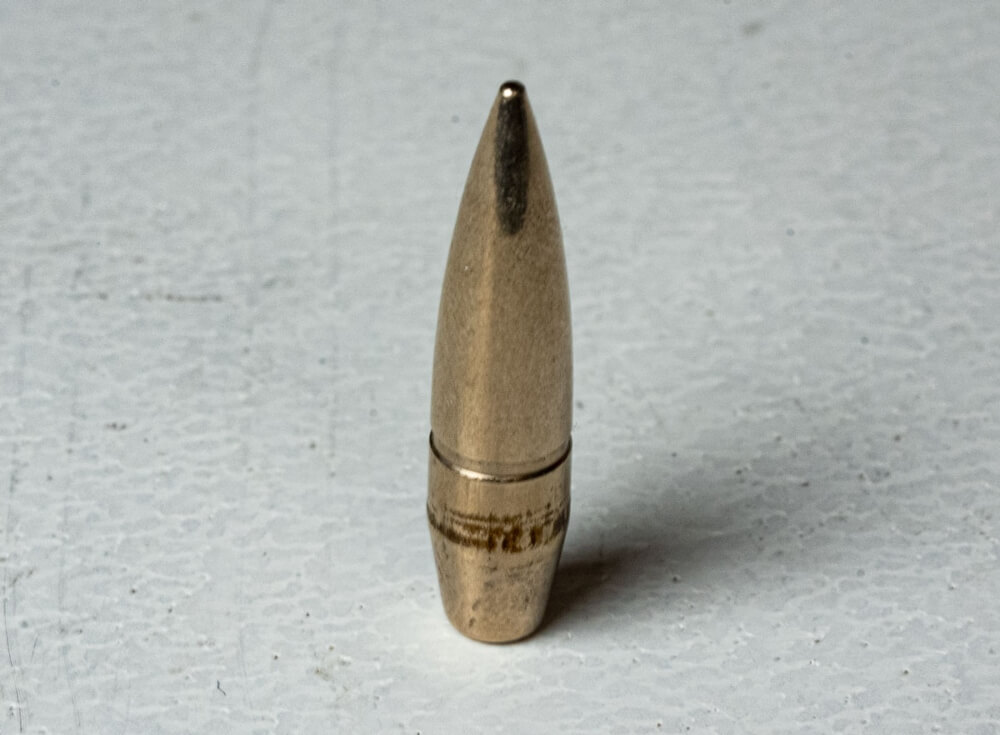
Confusing Examples of Calibers
When it comes to the exact measurement of the calibers compared to their designations in the industry, true math lovers may be a bit dumbfounded. Let’s walk through a few of the confusing examples of these cases.
- The rounds of .38 Special and the .357 Magnum are both considered 38 caliber rounds. However, their bullet diameter is actually 357-thousandths of an inch.
- The 9mm bullet is the exact same diameter as .380 ACP and the .38 Special bullets, and measures in at .355 of an inch. The difference comes from the length of the bullet as well as cartridge size and powder load.
Getting into more specialized details of the ammunition sizing, there are some special calibers out there that cause even more confusion. There were no established rules for naming newly designed rounds and it has definitely led to some confusion. For example, there are three rounds that all fire .30” bullet size and they are:
- Winchester 30-30 – this round is also referred to as the “thirty-thirty,” and the second “30” in the designation refers to the 30 grains of smokeless powder in the cartridge.
- .30-06 is pronounced as “thirty aught six,” and the 06 does not refer to anything related to the powder or round itself, but instead it is a tribute to the year the cartridge was designed, 1906.
- Finally, the .308 Winchester is straightforwardly named after the diameter of its projectile.
Shotgun “Calibers” – Gauges
Shotguns utilize a completely different caliber measurement in gauges. The gauge of the shotgun is determined by the number of lead balls (that are the size of the barrel diameter) that fit in the barrel to weigh a pound.
Let’s discuss a 12-gauge shotgun, for example. It takes 12 balls the size of the barrel to weigh a pound. Unlike pistols and rifles, where when the numbers get larger, the bullets get bigger, in shotguns, the larger the gauge number, the smaller the barrel and bullet calibers are.
It’s easy to see how the naming system has strayed a bit from its roots, but there is a finite number of rounds that are manufactured today. Some of the most popular rounds sold in the market today include pistol, rifle, and shotgun. At Ammoforsale.com, we offer a tremendous section of every type of ammunition you could desire, from economical range rounds to the latest advancements in personal defense or hunting technology. Take a look at some of our hottest sellers in a variety of calibers.
- .22 LR- American Eagle High-Velocity 40gr
- 9mm- Federal HYDRA-SHOK DEEP 135gr Personal Defense
- .40 S&W- Speer Gold Dot 165gr Personal Protection
- .45 ACP- Hornady Custom 200gr JHP
- .30-06- Fiocchi Sierra Match 180gr
- .223 Remington- Tula 55gr FMJ
- 5.56×45- Winchester NATO 55gr
- .308 Winchester- Federal Premium Vital-Shok 150gr Trophy Copper Polymer Tipped
Whether you are looking for the best prices on bulk ammunition that is shipped right to your door or you are looking to test out some new rounds for your next hunting trip, competition, or to load up in your personal defense firearm, contact us today. Remember, matching the right caliber and round with your firearm is essential.

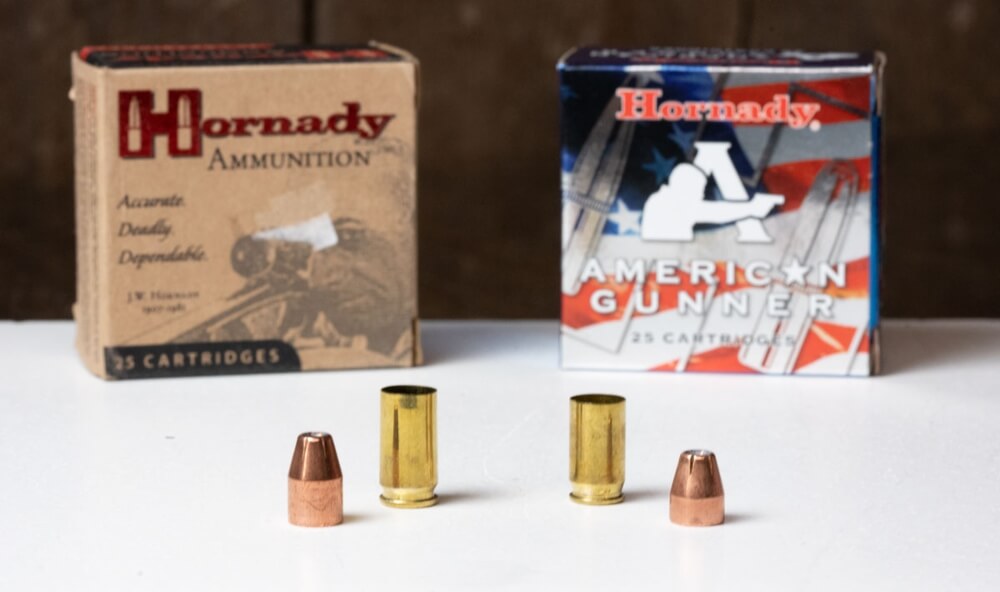
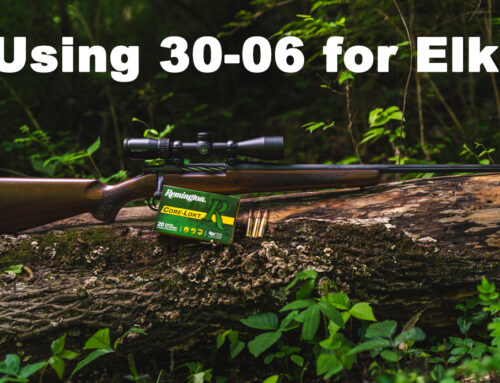
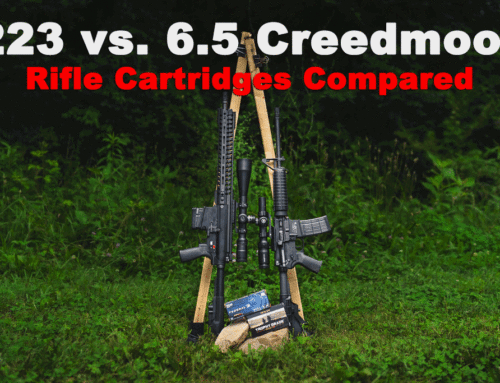

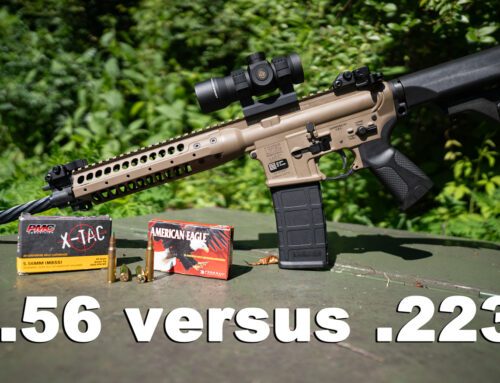
interesting – thanks